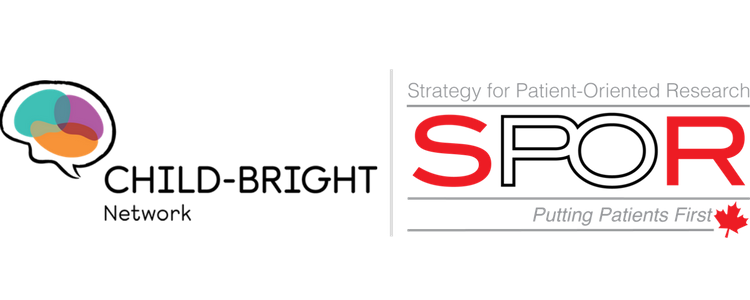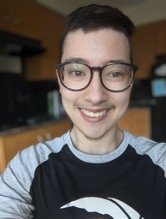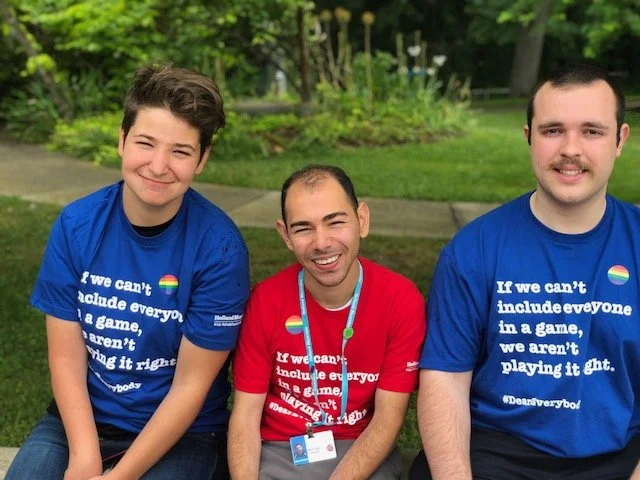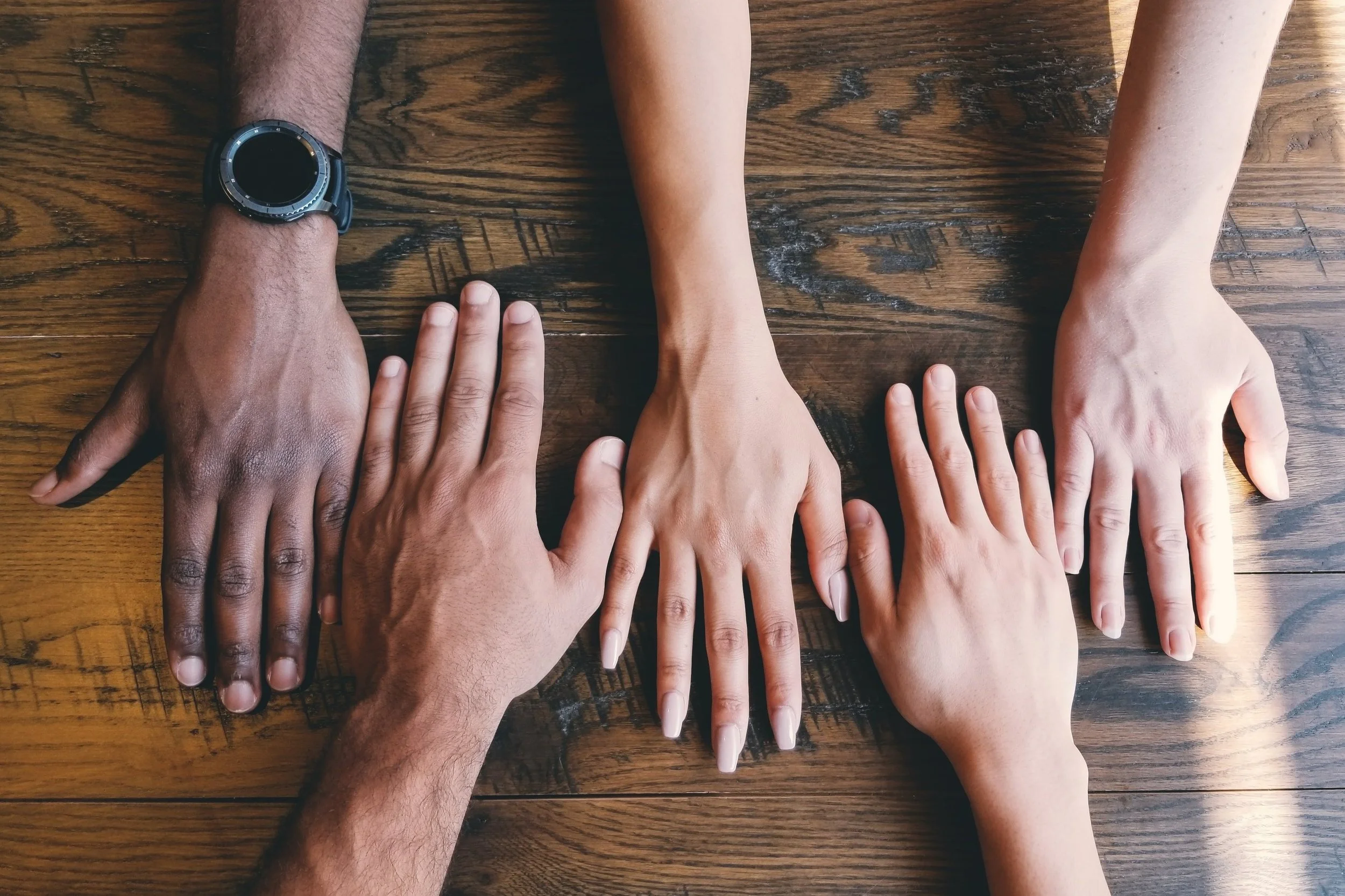In a first for our network, not one but two of our youth members are taking the helm of the CHILD-BRIGHT National Youth Advisory Panel (NYAP). Current chairperson Logan Wong will be joined by long-time NYAP member Hans Dupuis as co-chair for the panel’s next term, which runs from 2022 to 2024.
In addition to his work as NYAP co-chair, Logan Wong is a social worker with a particular interest in health care policy, working with youth and within the equity, anti-oppression, and anti-racism sector.
The past two years have been a whirlwind for the NYAP, and especially so for Logan: “As chairperson, I have been able to represent the NYAP on more projects than ever, including as part of the network's steering committee and at a collaboration with Autism Canada, formally the Canadian Autism Spectrum Disorder Alliance,” he shared. Early in his mandate, the NYAP launched its consultation service, in which the youth members provide advice to Canadian researchers working on childhood disability research projects.
At the same time, our youth members were contending with the many impacts of the COVID-19 pandemic. “The pandemic taught us all how to adapt to the adversity that comes with uncertainty,” Logan said. “That’s the lesson I will bring with me into this next mandate as co-chair. I am incredibly proud of the panel for how they adjusted to a new way of working and a new way of life, all while remaining passionate about advocating for people like ourselves with brain-based developmental disabilities.”
NYAP Co-Chair Hans Dupuis, who lives in Montreal, has worked for Air Canada since 2017. He is an avid manga and graphic novel reader and enjoys live-action role playing.
This shift in the NYAP governance structure will allow the co-chairs to share responsibilities and workload and provide a second perspective to decision-making within the panel. “After over four years as part of the NYAP, I’m excited to take on a more active role and do my part in the network to help others with brain-based developmental disabilities or autism,” explained Hans. “As co-chair, I will be able to better guide our monthly meetings and support Logan during this mandate.” As a bilingual francophone youth member, Hans will also bring some linguistic diversity to this new role as co-chair.
Together, Hans and Logan will guide the NYAP and its members as the network moves into its Phase 2. The panel will retain its focus of advising CHILD-BRIGHT’s research teams on how to optimize youth engagement. With this in mind, the youth members have started developing a toolkit on best practices in patient engagement and patient-oriented research for teams to incorporate at the start of their implementation science research projects.
“I am proud of the work we have done so far within the network and beyond and I look forward to sharing this role with Hans for the next two years to see how much more we can accomplish as a panel in the future!” Logan concluded.


















